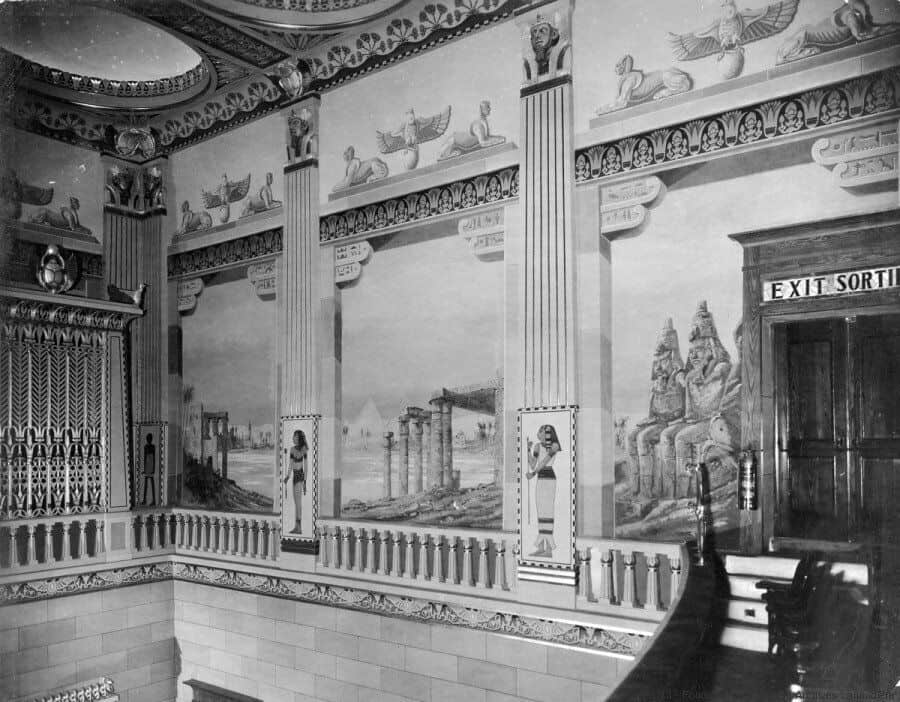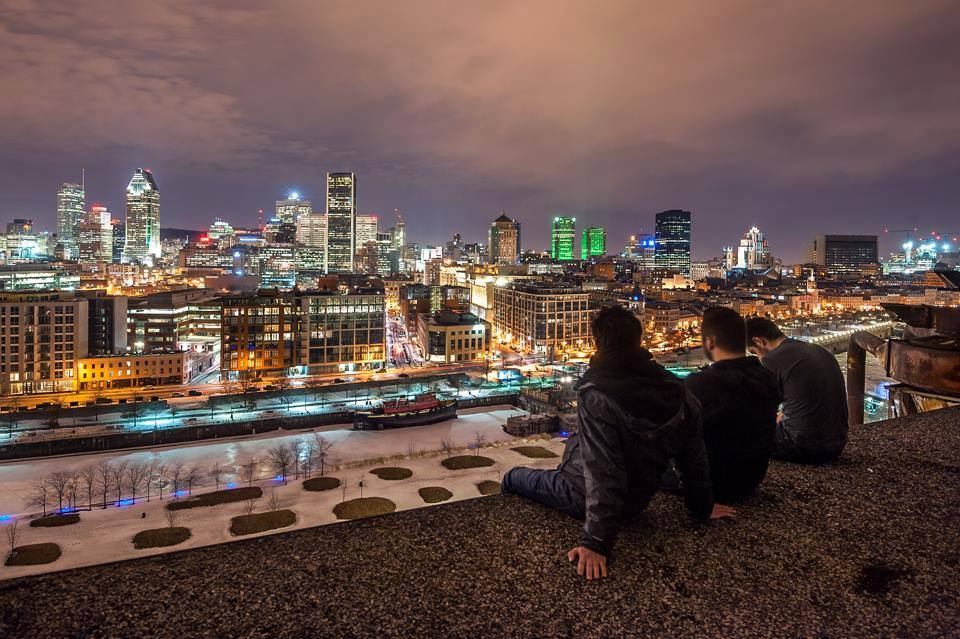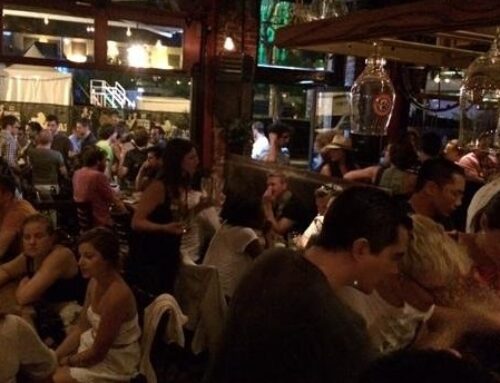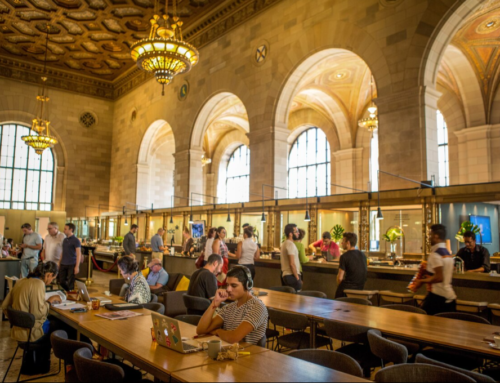The word Urbex means the exploration of abandoned or hidden man made structures. This word was created from combining the words urban and exploration. It is a dangerous and often illegal activity however individuals are interested in the history and documentation of the explored structures, while many people who are interested in Urbex take on photography as a hobby even if it involves them trespassing private property to get a good shot! Montreal is the largest city in Canada’s Quebec province, and it has been around for a long time, which is why it is filled with a vast amount of historical places to discover and explore.
Many instagram accounts such as @mad4twnty post photographs of the unique sites. UER.ca offers information on all locations Canada wide.
Here are a few of the best Urbex explorations located in the wonderful Island of Montreal:
1. The Silo #5
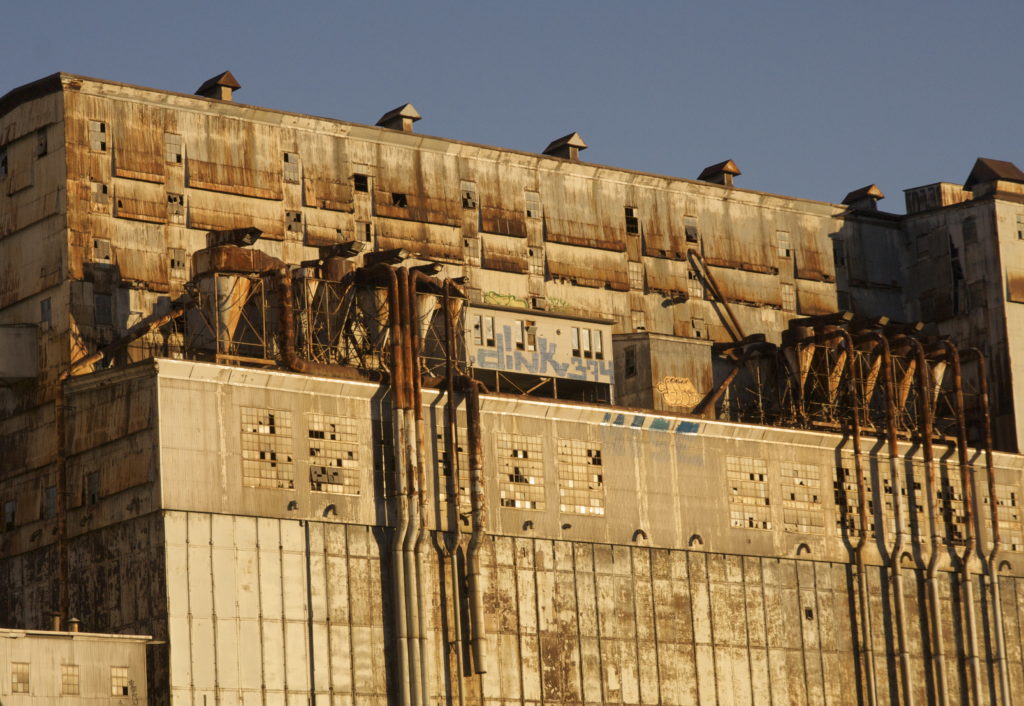
Featured on the Urbex website is the “Emblematic industrial monument in the Old Port of Montreal, also known as the Silo #5 and Elevator B. Climbing this gigantic concrete structure south of Mcgill Street is an unforgettable challenge. It is located at the entrance of the Lachine canal on the jetty of Pointe-du-Moulin-a-vent. This monument is made of 206 silos blended with a combination of buildings that has been created with embankments taken from the construction of the canal during a period of over 50 years. The complex measures half a kilometer and 66 meters high.
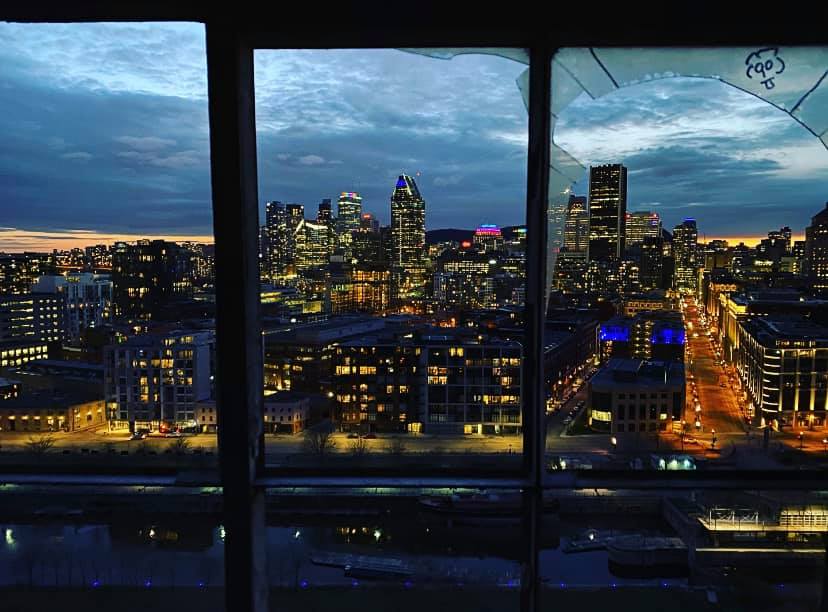
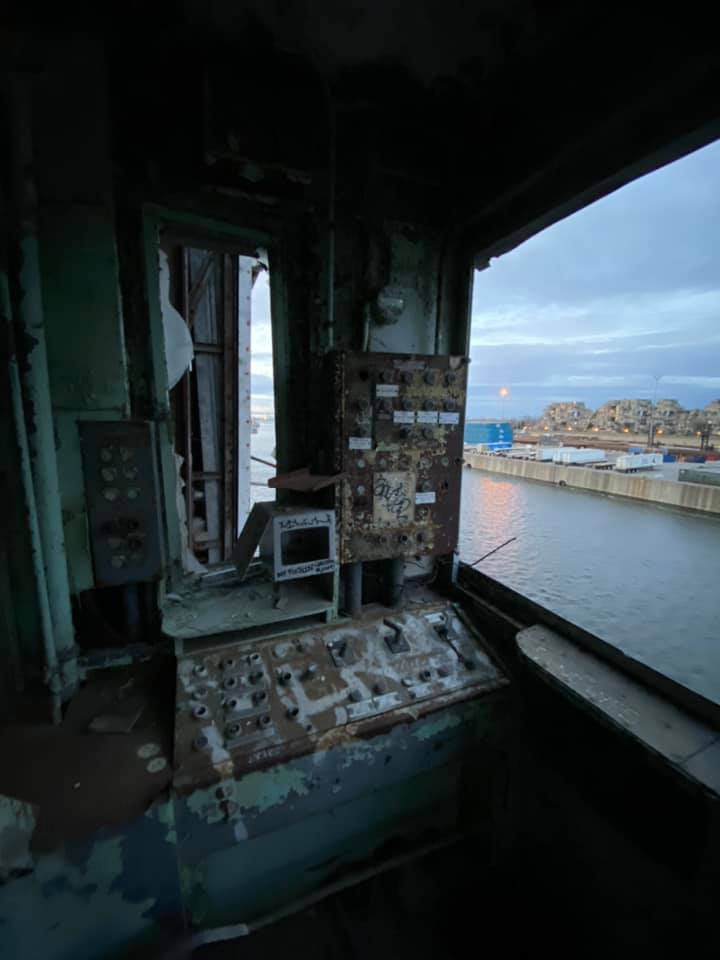

The history of this monument began in 1906 when the first creation took place with brick and non-combustible materials to avoid high risks of explosions due to grain dust. In 1913, a first annex was added to the complex and expanded in the years 1923 and 1924. These circular silos were used to store grain. Grain from all over the country, but mainly western Canada, was stored in over 60 silos in this area.
The history of this monument began in 1906 when the first creation took place with brick and non-combustible materials to avoid high risks of explosions due to grain dust. In 1913, a first annex was added to the complex and expanded in the years 1923 and 1924. These circular silos were used to store grain. Grain from all over the country, but mainly western Canada, was stored in over 60 silos in this area.
The Old Port of Montreal was therefore known as a hub of the grain trade in North America and also known as the main cereal port. The railway and the Lachine Canal in that area are the connection in this economy which allows the grain to be exported to Europe. Between the years of 1957 and 1959, a third extension of a few upper floors that is visible from the Commune street was added and is known as the rare glazed sections of the huge structure. This complex has been abandoned since 1994 and is today covered with vandalism and graffiti artists who visit to leave their art prints on the site. The Silo #5 is patrolled by many different teams of guards due to the high number of visits from hordes of teenagers, who always flee the monument as soon as the guards appear.
The Silo #2 was built in 1910 in front of the Bonsecours market and is 15 stories high. It was the highest point in Montreal when it was built. In 1978, it was destroyed along with other imposing structures to allow the individuals of Montreal to have better access to the river.
Numerous projects such as building a hotel, a data center, a museum and hundreds of others have been proposed to redevelop the Old Port monument, but none have succeeded. The issue of abandoned industrial silos is all around the world. For example, two former silos have been rebuilt into residential complexes in Copenhagen.
2. The Church with Cubic Stained-Glass Windows

This abandoned and heavily vandalized church, located along the highway, was closed in 2013. The outside of the church is made of stone walls that are about to collapse, while the inside is the result of many acts of vandalism from passersby. More specifically, the interior of the site is covered with square stained-glass windows above the altar. Behind the altar’s brick wall hides a small corridor which leads to vandalized rooms filed with articles and garments, where the statues have their faces painted blue and where one of the displayed statues is “hung” in the closet. On the opposite side, there is a room where bibles and other objects were stored. Every part of the altar is heavily vandalized; for example, the hinges of each door have been cut by a hacksaw. which has been left behind, and the corridors are filled with paper coin wrappers. There is also an old safe that has been opened and left behind.
The church rests in an old village on the island of Montreal that was quickly urbanized after the Second World War, which highlights how old this church is. This historical site was designed by the architect Edgar Courchesne, who also participated in the construction and renovation of the Saint Joseph’s Oratory. Nevertheless, the church belongs to the religious community of the church and has a present book value of around $4 million. The only part of the church that has not been heavily vandalized is the presbytery, which is the house of the priest. The presbytery is huge and filled with rooms that confirm the past presence of religious activities. Very surprisingly, the priest’s house is still electrified. Many believe that this church will be sold in the next few years to build new infrastructure in the Montreal area, however this leaves many disappointed to lose such a precious piece of history.
3. The Abandoned University Residence

This former residence for men, built in 1905, was closed in 1981 after a fire severely damaged the building. The fire started just a few hours after the Dean of the University announced a new investment of $200,000 to improve safety in the Universities residences who are denounced at risk by the fire department and provincial government. The residence was said to be at risk due to it lacking smoke detectors or automatic sprinkler systems.
The cause of the fire was a forgotten cigarette. The fire caused a few injuries, as many residents had to jump out the window to escape the smoke and flames of the fire. Today, the structure still remains solid due to it being concrete, however the interior is destroyed from the burning flames.
Although the roof does not leak, the floor is completely rotten which gives illusions that visitors may pass through the floor. This lifeless abandoned residence is located in Montreal, Canada if anybody is interested in exploring Urbex locations.
4. Montreal’s Empress Theatre in NDG

This theater was closed in 1992 following a massive fire. It was built in 1927 and has become a part of the cultural landscape of Montreal ever since. The consequences of the fire in the 90’s are the loss of its former glory, except for the front Egyptian motifs. Furthermore, this theater has been the project of a rehabilitation non-profit organization that fought for over 3 years to find the funds necessary to renovate the entire theater.
When the building opened in 1927, it was closed by its former owners a few years later. In 1939, it became a cabaret. Then, in 1962, the Royal Follies settled there specializing in offering dinner theater services. In 1968, the building became a theater like it was first designed to be, and renovations were done to divide the large room into two. The theater was run by three successive owners who very well managed the operations. Unfortunately, the timeline ends in 1992 when the fire destroys the entire place.
Today, graffiti covers a lot of the walls and the entire interior and exterior is destroyed from the burning flames of the fire. Very few elements of the original architecture remain inside nowadays. Nevertheless, a few Egyptian motifs are still visible in some areas of the structure.
